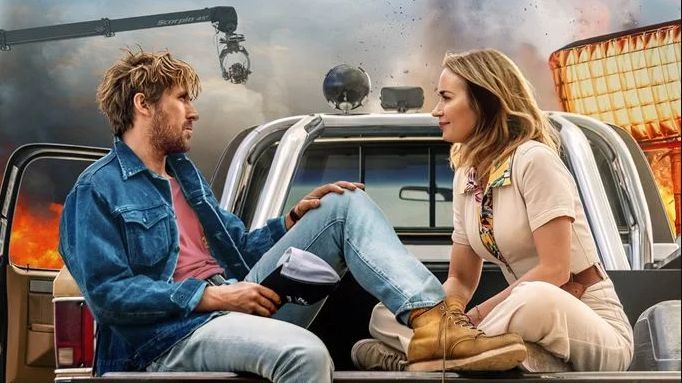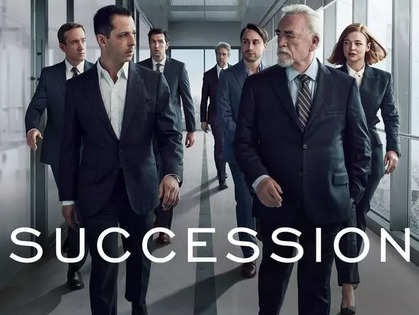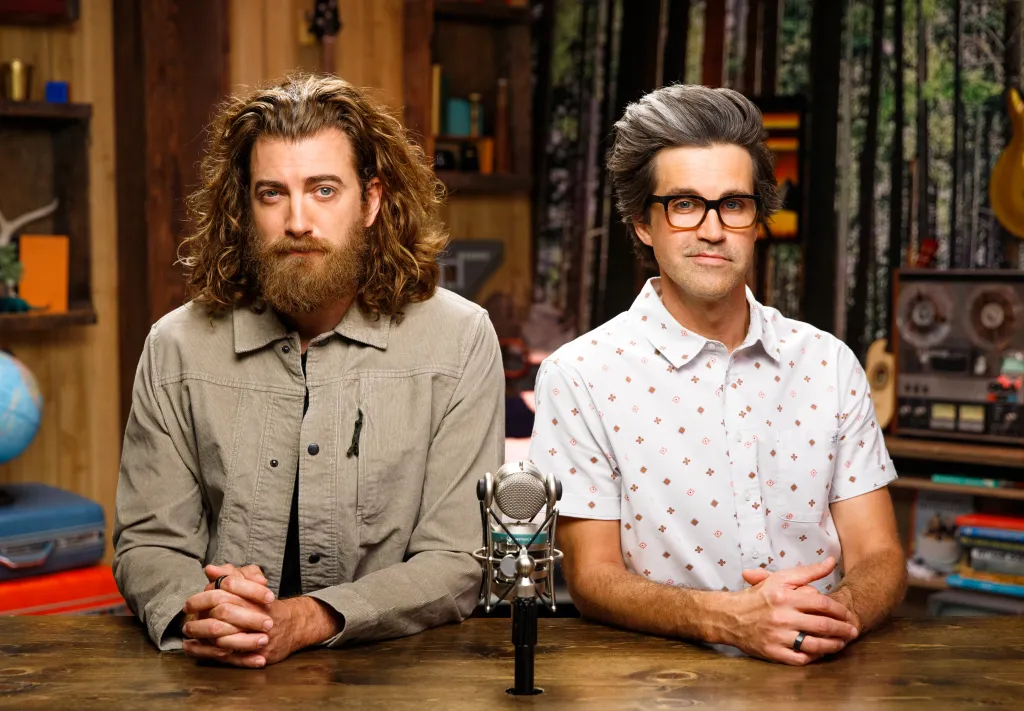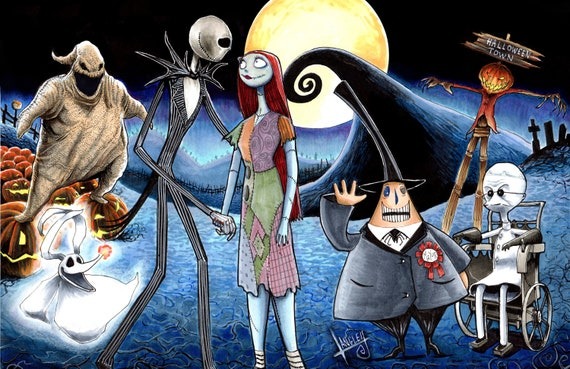The Fall Guy is a beloved television series that aired from 1981 to 1986, capturing audiences with its blend of action, adventure, and humor. The show follows Colt Seavers, a Hollywood stuntman who moonlights as a bounty hunter, using his skills to track down fugitives. With its thrilling car chases, daring stunts, and engaging characters, The Fall Guy quickly became a fan favorite. A significant part of the show’s success can be attributed to its talented cast, who brought depth and charisma to their roles. In this blog, we’ll meet the stars of The Fall Guy and explore their careers both before and after their time on the show. For fans looking to celebrate their love for the series, the The Fall Guy shop offers a range of merchandise to keep the nostalgia alive.
Lee Majors as Colt Seavers
Lee Majors stars as Colt Seavers, the fearless stuntman turned bounty hunter. Before his role in The Fall Guy, Majors was already a well-known television star, having gained fame in the 1960s and 1970s for his roles in The Big Valley and The Six Million Dollar Man. His portrayal of Colt Seavers brought a rugged charm and comedic touch to the character, making him an iconic figure of the era.
After The Fall Guy, Majors continued to work steadily in television and film, appearing in shows like Raven, The Game, and Ash vs Evil Dead. He also became known for his voice work, lending his distinctive voice to animated series and video games. His long career and lasting appeal have made him a beloved figure in Hollywood.
Douglas Barr as Howie Munson
Douglas Barr played Howie Munson, Colt’s bumbling but well-meaning cousin and sidekick. Before joining The Fall Guy, Barr appeared in several television shows, including The Love Boat and Fantasy Island. His portrayal of Howie provided comic relief and added a layer of warmth and sincerity to the show’s dynamic.
After The Fall Guy, Barr transitioned from acting to directing and producing. He directed episodes for popular television series like Designing Women and Touched by an Angel and later moved on to writing and directing TV movies. His successful career behind the camera showcases his versatility and talent beyond his on-screen presence.
Heather Thomas as Jody Banks
Heather Thomas starred as Jody Banks, a fellow stunt performer and Colt’s trusted partner. With her athleticism and on-screen charisma, Thomas quickly became a fan favorite. Her role in The Fall Guy was her most prominent, but she also made appearances on shows like T.J. Hooker and The Love Boat during the early 1980s.
After leaving the series, Thomas took a break from acting and shifted her focus to writing and other creative pursuits. She authored the novel Trophies, and she became an advocate for several charitable causes, reflecting her commitment to making a positive impact beyond Hollywood.
Markie Post as Terri Michaels
Markie Post played Terri Michaels, the team’s bail bondswoman who often provided the crew with cases to solve. Prior to joining The Fall Guy, Post had already appeared in several hit shows like CHiPs and The Love Boat. Her role as Terri added a sharp, intelligent dimension to the series.
After The Fall Guy, Post achieved even greater fame as Christine Sullivan on the popular sitcom Night Court. She continued to work in television and film, appearing in shows like Scrubs and movies like There’s Something About Mary. Post’s versatility as an actress helped her carve out a successful and enduring career.
Jo Ann Pflug as Samantha “Big Jack” Jack
Jo Ann Pflug portrayed Samantha “Big Jack” Jack, the tough and savvy boss of Colt and his team. Before joining The Fall Guy, Pflug had a notable career in film and television, with appearances in movies like MASH* and shows like The Love Boat and The Dukes of Hazzard. Her character in The Fall Guy brought a commanding presence to the series.
Following her time on the show, Pflug continued to work in television and film, eventually moving into voice acting and occasional guest appearances. Her diverse roles throughout her career have demonstrated her range and adaptability as an actress.
Connecting with Fans: The Fall Guy Shop
For fans of The Fall Guy, the The Fall Guy shop offers a range of merchandise to celebrate your favorite characters and moments from the show. From classic apparel featuring iconic images of Colt Seavers and his team to collectible items like posters, mugs, and more, the shop is a treasure trove for any fan of the series. Whether you’re a long-time viewer or discovering the show for the first time, the The Fall Guy shop has something for everyone.
The cast of The Fall Guy played a significant role in the show’s enduring popularity, bringing their unique talents and charisma to the screen. Lee Majors, Douglas Barr, Heather Thomas, Markie Post, and Jo Ann Pflug each contributed to the show’s charm, creating characters that remain beloved by fans decades later. As you explore their careers and celebrate their contributions to the series, don’t forget to check out the The Fall Guy shop for merchandise that captures the spirit of this classic show.







